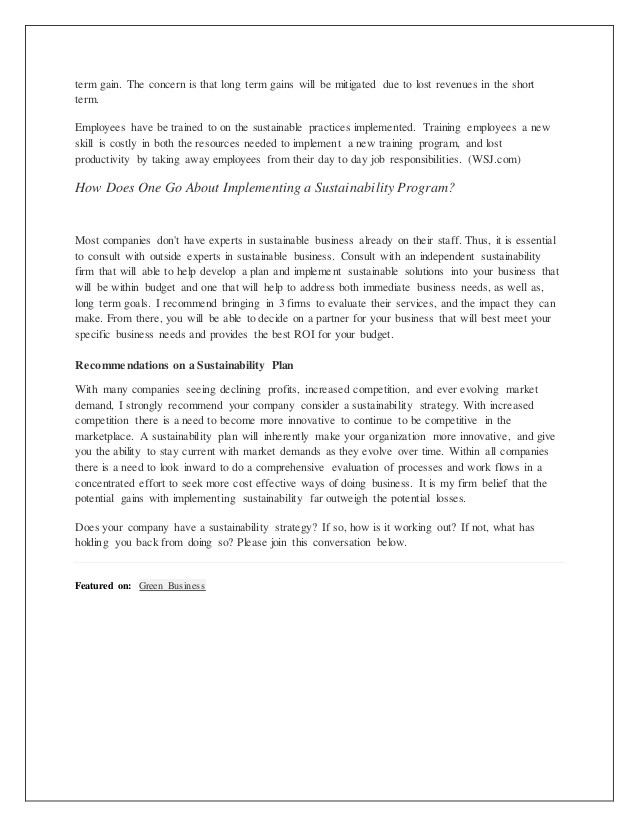Balanced is best Never doubt longterm portfolio gains The Globe and Mail
Post on: 22 Июль, 2015 No Comment

The Globe and Mail
Published Friday, Oct. 17 2014, 6:36 PM EDT
Last updated Friday, Oct. 17 2014, 6:59 PM EDT
No matter what the markets do in the short term, the long-term potential from investing is not in question
The end of a wild week for stocks is an ideal time to remind ourselves that short-term pain and long-term investing gains still go together.
No matter what the markets do in the short term, the long-term potential from investing in stocks is not in question. A panel of investment industry people make this point in their projections on what investors can expect from a balanced portfolio over the next 10 years.
The panelists – 11 chief investment officers, portfolio managers and advisers – were asked in September to provide an estimate of average annual returns over the next 10 years for a portfolio based 60 per cent in stocks and 40 per cent in bonds. Responses began flowing in as the market decline gained momentum.
Most panelists said balanced portfolio returns will range from 5 to 6 per cent on an average annual basis. Asked about inflation, they provided estimates of between 1.8 and 3 per cent. This suggests real returns (after inflation) of at least 2 to 3 per cent.
A balanced portfolio will slog its way over the next 10 years to returns that will beat holding bonds or cash. So keep the faith in stocks.
The panelists were originally consulted for their return expectations in a Portfolio Strategy column from June, 2012. when stocks were in a lull period. Asked to re-examine their original projections, four panelists stuck by their numbers. The rest made very slight changes. Example: Sadiq Adatia, chief investment officer for Sun Life Global Investments, expects balanced portfolio returns of 4.5 per cent to 5 per cent, down from 5 per cent.
Investors themselves are markedly more optimistic about future returns, even after the recent market carnage. A total of 82 people accepted an invitation I put out on Twitter and Facebook this week to complete a quick survey on their return and inflation expectations. The average for balanced portfolio returns was 7 per cent, which compares to 5.5 per cent in a similar survey back in 2012.
Return projections like these matter because they remind us that investing is an averaging game where the ups more than offset the kinds of downs we’re seeing lately. They also help us evaluate how much our investments will grow over time and how much we will have in retirement saving. Finally, they act as a benchmark for evaluating our investing progress.
Three things to keep in mind as you read:
1.) You must subtract the inflation rate from the estimated portfolio gain to get the real rate of return.
2.) You must also subtract fees charged by the investments you own and, if applicable, your adviser.
3.) After-tax returns will be even lower.














